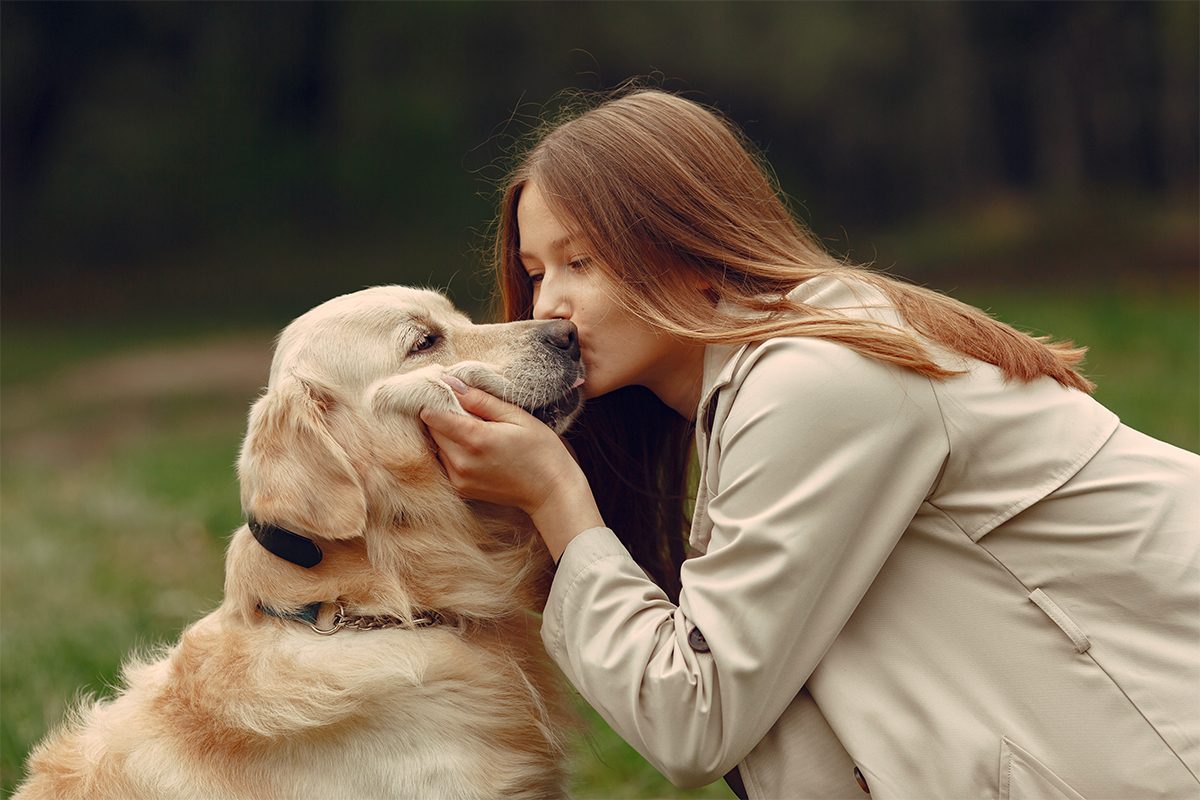10 Essential Dog Training Tips for Beginners
Getting a new dog is exciting, but let’s be honest—those first few weeks can feel overwhelming. Between the chewed shoes, midnight barking, and accidents on your favorite rug, you might wonder if you’re cut out for this. Don’t worry. Every dog owner has been there, and with the right approach, you’ll build a strong bond with your furry friend while teaching them how to be their best self.
1. Start with the Basics: Consistency is Everything
Your dog thrives on routine and clear expectations. If you let them on the couch today but scold them tomorrow, you’re sending mixed signals. Decide on your house rules upfront and stick to them. Everyone in your household needs to be on the same page—if your partner allows jumping while you don’t, your dog will be confused and progress will be slow.
2. Master the Art of Positive Reinforcement
Forget old-school punishment methods. Dogs learn faster and retain more when you reward good behavior rather than punish bad behavior. Keep high-value treats handy (think small pieces of chicken or cheese) and praise enthusiastically when your dog does something right. The key is timing—reward immediately so your dog connects the behavior with the positive outcome.
3. Keep Training Sessions Short and Sweet
Your dog’s attention span isn’t endless. Aim for 5-10 minute sessions, especially with puppies. It’s better to have three short, focused sessions throughout the day than one long, frustrating marathon. End on a positive note while your dog is still engaged and successful.
4. House Training Requires Patience and Schedule
Accidents will happen—it’s part of the process. Take your dog outside first thing in the morning, after meals, after naps, and before bed. Watch for signs like sniffing, circling, or whining. When accidents occur indoors, clean thoroughly with an enzyme cleaner to eliminate odors. Never punish accidents; instead, redirect to the appropriate spot and reward success.
5. Teach “Sit” First—It’s Your Gateway Command
“Sit” is the foundation for almost everything else you’ll teach. Hold a treat close to your dog’s nose, slowly lift it over their head, and most dogs will naturally sit to keep their eyes on the treat. The moment their bottom touches the ground, say “sit,” give the treat, and praise. Practice this multiple times a day until it becomes second nature.
6. Walking on a Leash Takes Practice
A dog that pulls makes walks miserable for everyone. Start leash training indoors where there are fewer distractions. When your dog pulls, stop moving. Only continue when the leash is loose. Reward your dog when they walk beside you. It takes time, but consistency pays off. Consider a front-clip harness if pulling is severe.
7. Address Problem Behaviors Early
Don’t hope that annoying puppy behavior will magically disappear. Excessive barking, jumping on people, or resource guarding need immediate attention. Identify what triggers the behavior and redirect it. If your dog jumps on visitors, train them to sit when people approach. If they bark at the doorbell, practice the “quiet” command during calm moments.
8. Socialization is Critical in the First Few Months
Expose your dog to different people, animals, sounds, and environments while they’re young and adaptable. This doesn’t mean overwhelming them—gradual, positive experiences are key. Puppy classes are invaluable for both training and socialization. Even adult rescue dogs benefit from careful socialization to build confidence.
9. Exercise Their Body and Mind
A tired dog is usually a well-behaved dog. Physical exercise is obvious, but mental stimulation is equally important. Puzzle toys, training sessions, and new experiences help prevent destructive behaviors born from boredom. Match the activity level to your dog’s breed and age—a Border Collie needs more mental challenges than a Basset Hound.
10. Know When to Seek Professional Help
Some behaviors require expert intervention. If your dog shows aggression, extreme anxiety, or behaviors you can’t manage despite consistent effort, contact a professional dog trainer or veterinary behaviorist. There’s no shame in getting help—it often saves time and prevents problems from becoming ingrained habits.
The Bottom Line
Dog training isn’t about dominating your pet or showing who’s boss. It’s about communication, building trust, and helping your dog understand how to succeed in your world. Some days will be harder than others, and progress isn’t always linear. Celebrate small victories and remember that the time you invest now will pay dividends for years to come.
Your dog wants to please you—they just need clear guidance on how to do it. Stay patient, stay consistent, and enjoy watching your relationship deepen as your dog learns and grows. Before you know it, those chaotic early days will be a distant memory, replaced by the joy of living with a well-trained, happy companion.



